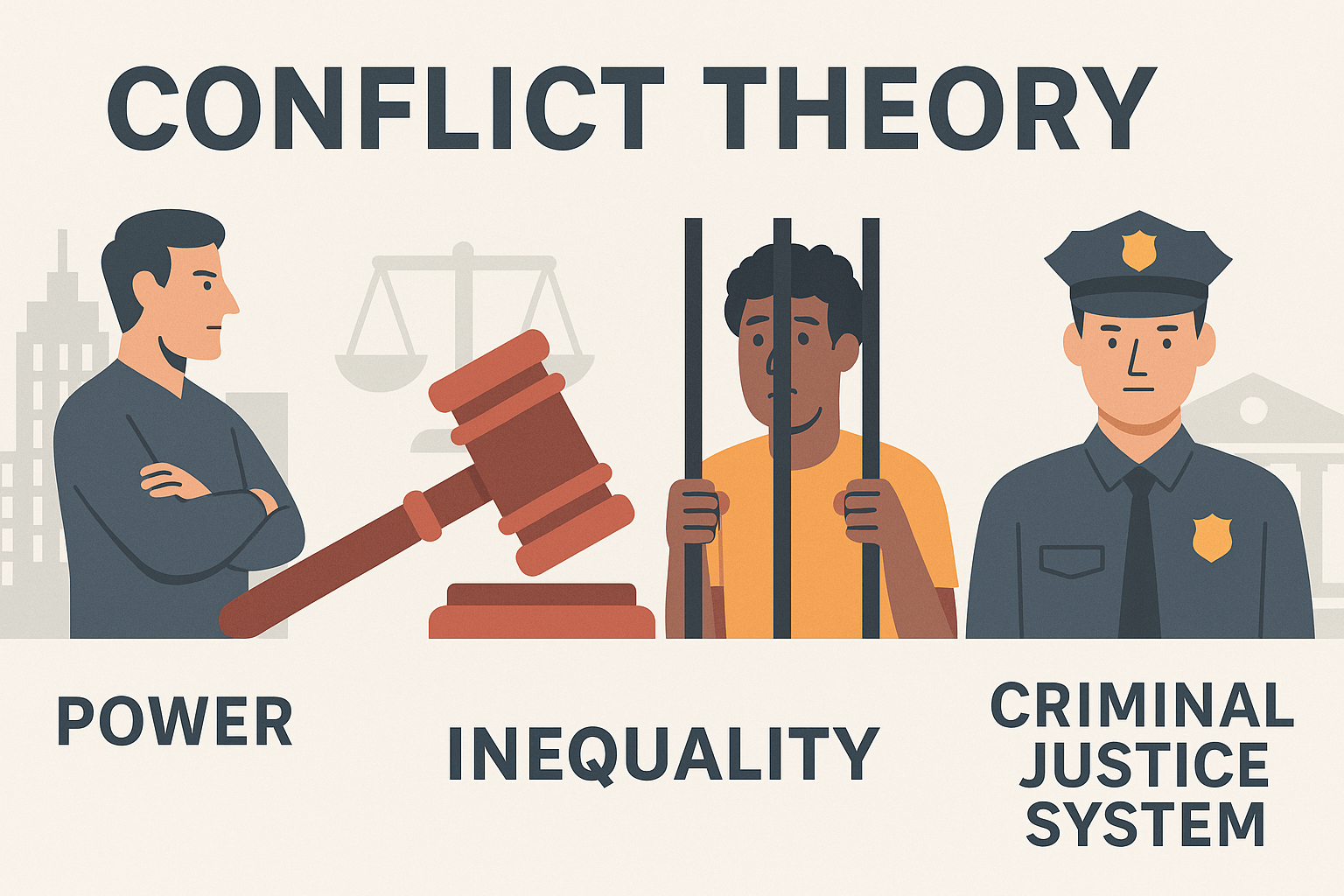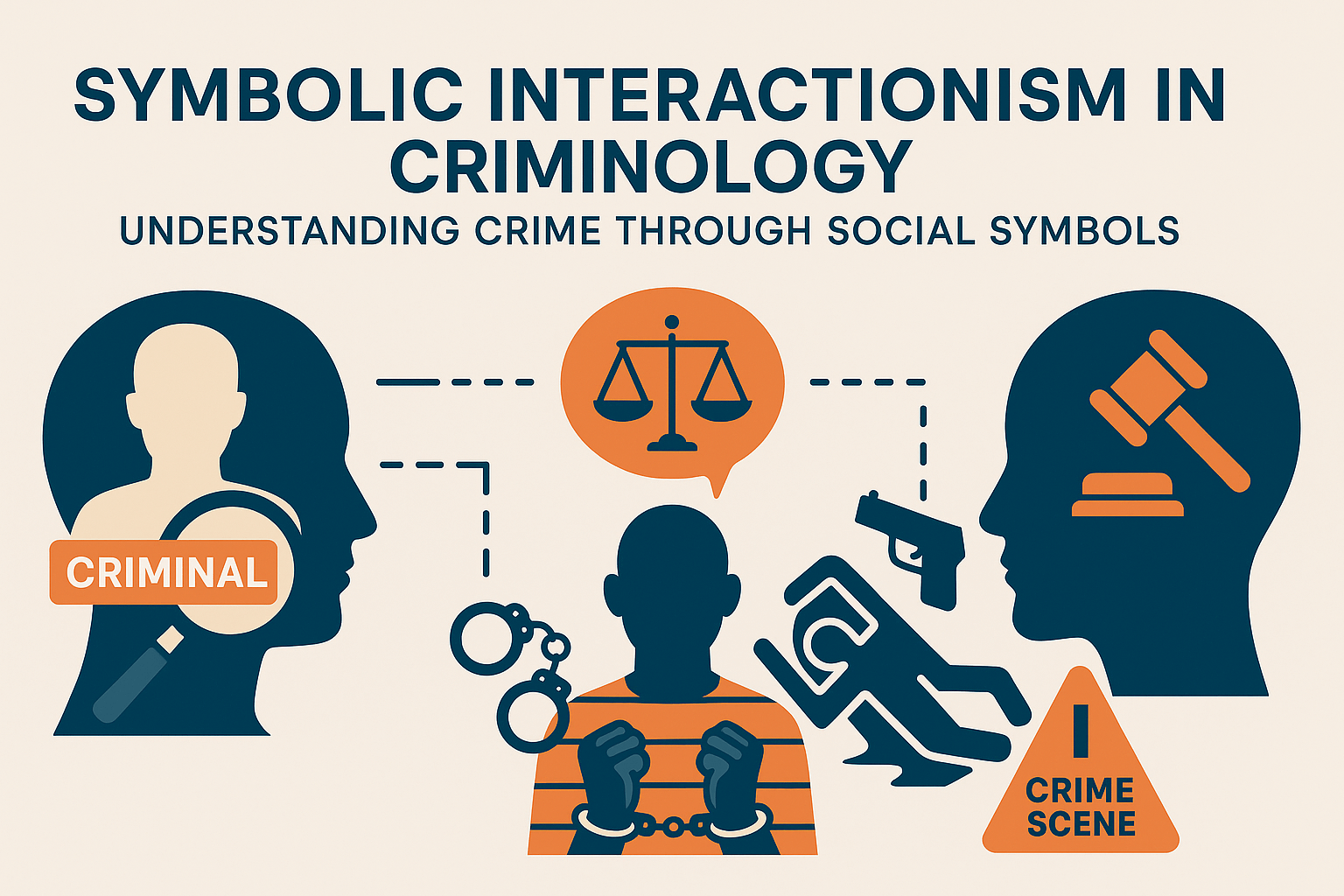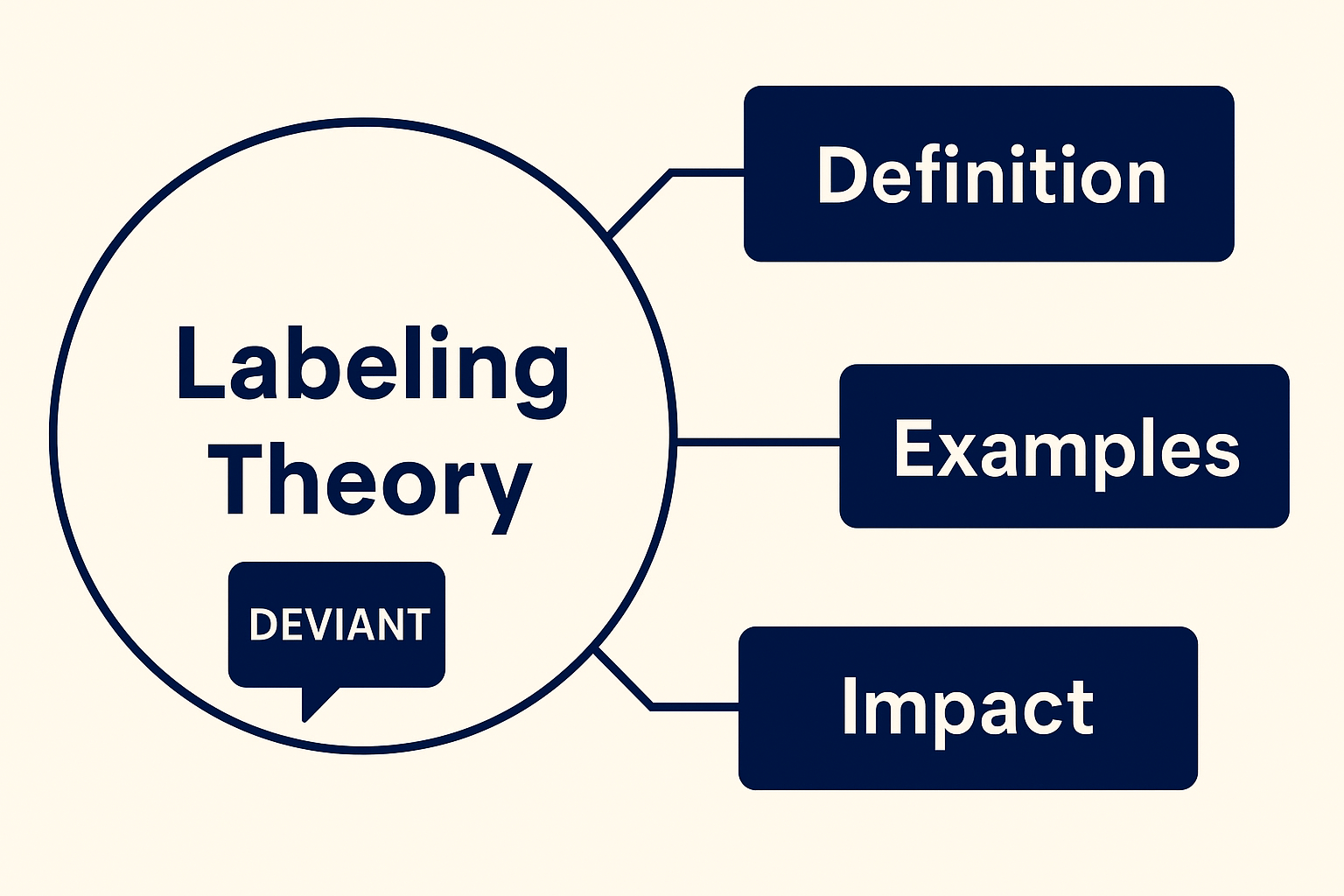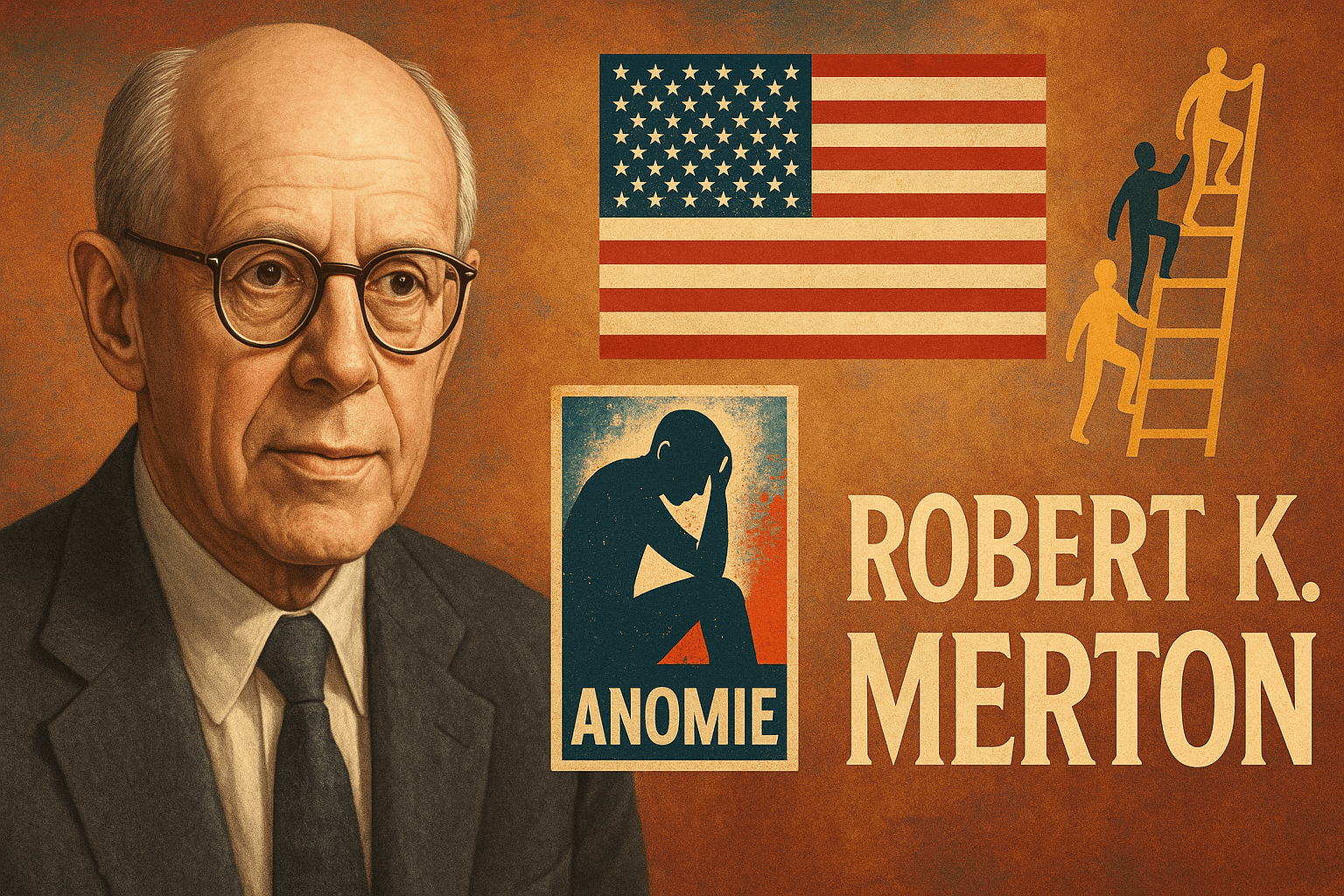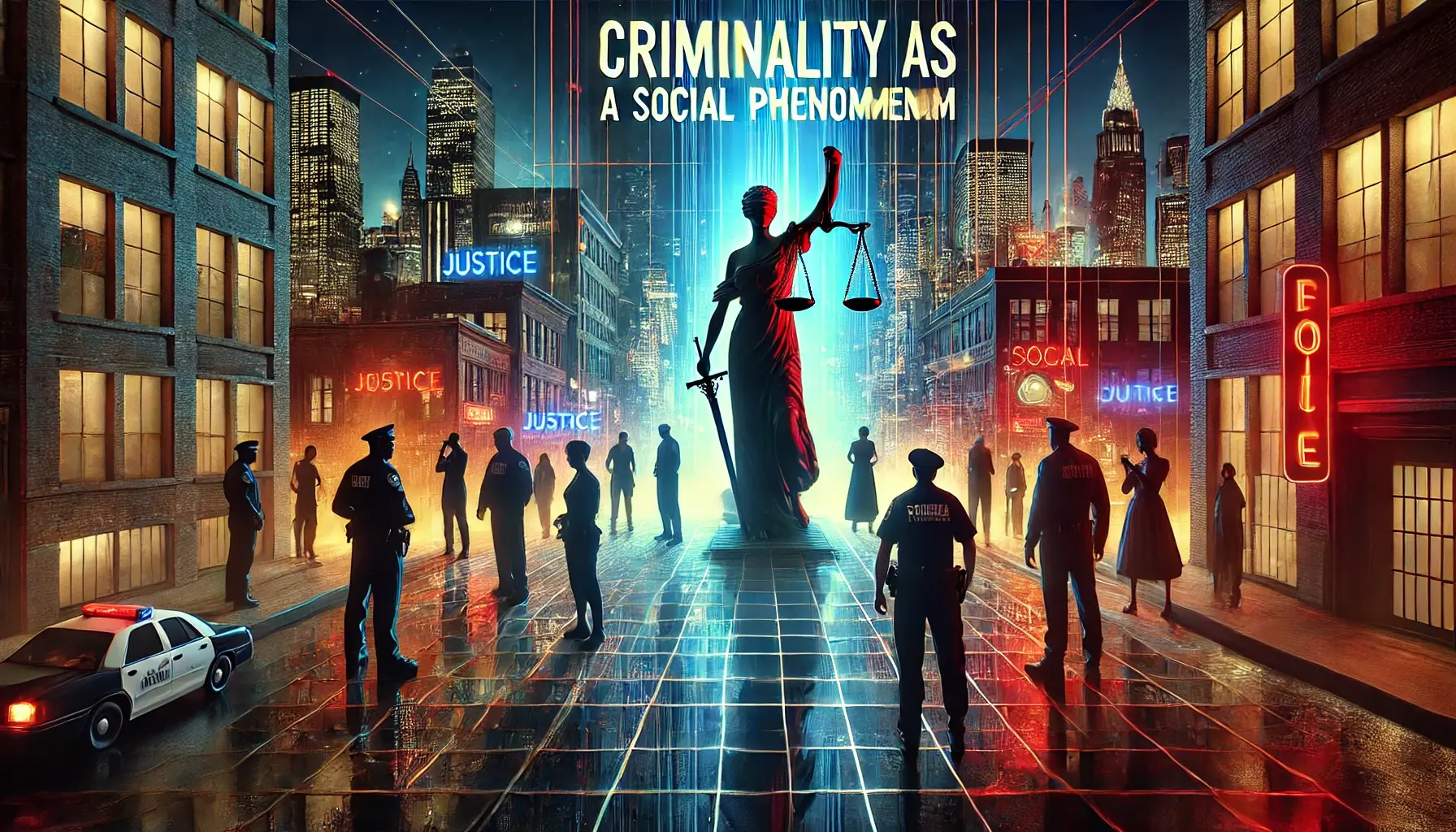What Is Conflict Theory? Understanding Crime and Power in Society
Introduction To Conflict Theory Conflict Theory is one of the most influential perspectives in the field of criminology. Rooted in sociological thought, particularly the ideas of Karl Marx, Conflict Theory suggests that crime is a product of social and economic inequality. It argues that laws and justice systems are tools used by powerful groups to … Read more

